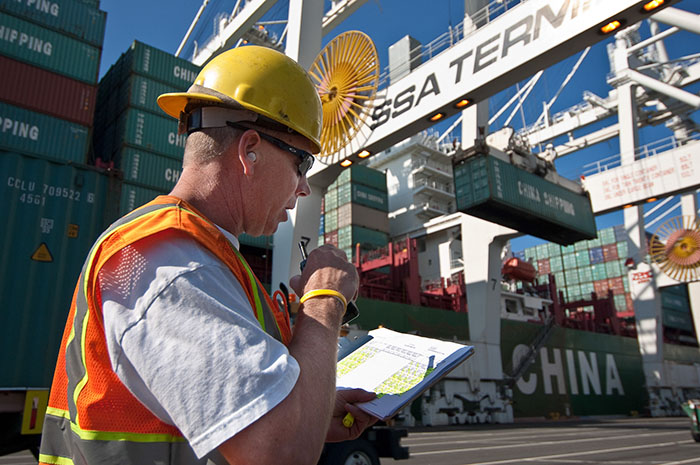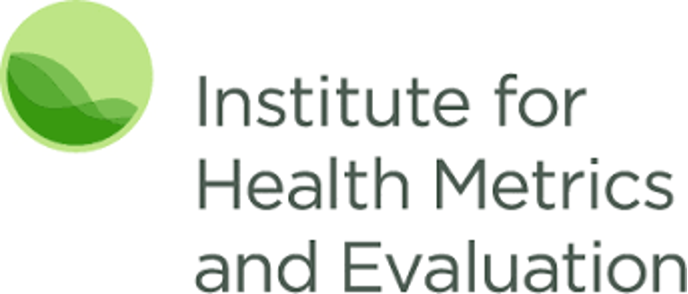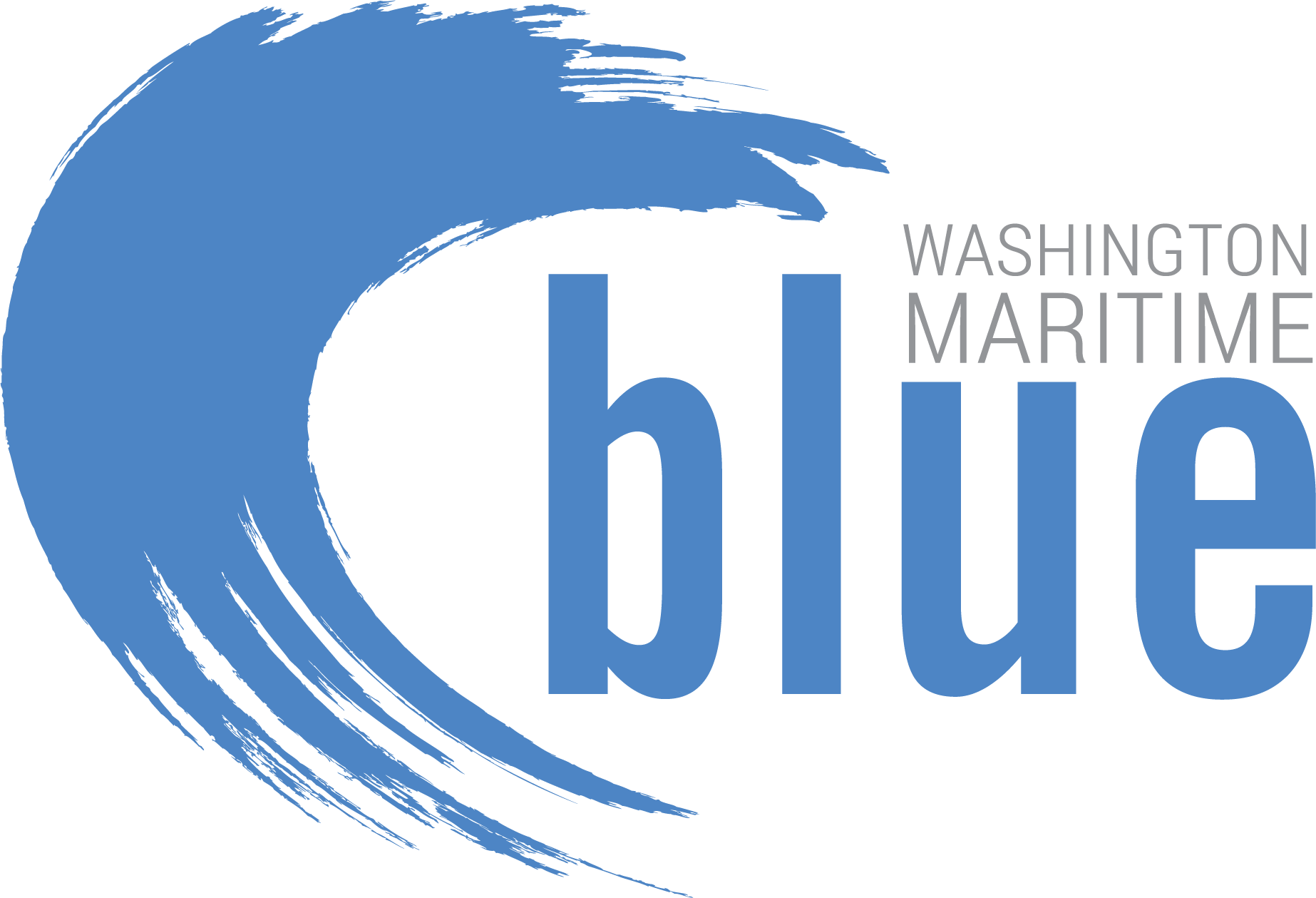
Guidance for Shore Facilities
Shoreplants should refer to Guidance for Non-Healthcare Businesses and Organizations during COVID-19.and L&I guidance.
Keep your facility covid free
Pre-arrival risk reduction period
- For the 2 weeks prior to reporting to work, educate your employees on ways to reduce their exposure risk.
- Avoid high risk gatherings
- Mask when around others
- Monitor for symptoms and test if symptomatic
Pre-arrival screening and testing
- Per Washington State guidance: Large workplaces and those with increased risk of introducing COVID-19 may consider screening testing of all workers before entering a workplace.
- Anyone with documented COVID-19 infection in the previous 90 days may use an antigen test prior to arrival (acceptable documentation of a prior infection is a positive viral test result >10 days and <90 days prior to pre-arrival testing)
- Before entering a workplace, screen workers for symptoms of COVID-19 or known close contact exposure to a person with COVID-19 in the 10 days before arrival. Close contacts should not enter if they are not up to date on vaccines.
As an additional measure of safety, if employees are not up to date on vaccination, consider a 3-5 day pre-travel quarantine with testing prior to entering the workplace
Pre-travel screening and testing
- PCR or molecular tests are still advised prior to travel, but antigen tests may be used if necessary
Safe Travel
- All employees should be masked during air, rail, bus, and car travel at all times.
Vaccinate
Ensure all employees are up to date on vaccinations
Prepare the facility
Ensure an adequate number COVID tests are at the worksite or that a clinic/laboratory is readily available. Rapid antigen tests are acceptable but must be used multiple times over a course of 2-3 days if someone is symptomatic. Ensure enough tests to test the entire workforce 2-3 times if necessary.
Oral antivirals – if you have employees at high-risk for severe COVID (over 65 or at high risk for severe COVID) identify a provider and a location where you can access oral antivirals.
Personal Protective Equipment
- Ensure an adequate supply of PPE at the worksite
- N95 masks for staff working with symptomatic or exposed employees – must be fit tested
- Well-fitting masks, indoor mask use is recommended for crowded work settings.
- Face shields/eye protection
- Gloves
- Gowns
Daily symptom monitoring
Employees should self-monitor for symptoms and isolate and test if symptomatic. If there is a documented case in the workplace, medical staff should perform daily symptom and temperature monitoring on all close contacts.
Test if symptoms/exposure
Refer to “what to do if someone has symptoms of COVID-19” in the Washington Guidance for non-Healthcare Businesses. This decision tree is appropriate for low-risk areas, like an office setting, but not for crowded worksites or congregate living worksites.
If an employee is symptomatic:
Test with a rapid test. If negative, isolate employee and retest in >24 hours.
If, after 2 negative tests, if the symptoms are resolved/improving, the employee has not had a fever in 24 hours without the use of fever reducing medications and is not a close contact to a known case, the employee may be released from isolation. They should mask at all times until symptoms are completely resolved.
If an employee is a close contact of a known case and develops symptoms, they should remain isolated until symptoms resolve even if they have two negative tests.
Isolate
- If an employee tests positive, isolate in a private room with a private bath.
- Positive employees may isolate together
- Consider oral antivirals in eligible employees. Do not administer oral antivirals without medical consultation.
- Discontinuance of isolation may be considered in the following circumstances:
- (Preferred) After 10 days of isolation, if symptoms have improved, there has been no fever x 24 hours without the use of fever reducing medication, the employee is not immunocompromised, and there has been no severe illness.
- After 5 days if the employee has been asymptomatic the entire time and tests negative on a rapid antigen test after day 5. The employee must remain masked at all times until 10 days of isolation. If the employee develops symptoms after day 5, they should complete a full 10 days of isolation.
- (Least preferred) After 5 days if the employee is symptomatic. Symptoms must be improved after day 5 and the employee may test negative with a rapid antigen test after day 5. The employee must remain masked at all times until 10 days of isolation are completed.
Quarantine
Per Washington State Guidance, people who work in crowded worksites where physical distancing is not possible due to the nature of the work should quarantine (stay away) from work for 10 days after their last contact with the person with COVID-19, but they can follow the shortened home quarantine guidance if they can wear a well-fitting mask.
Workers who are up to date with vaccines or recovered from COVID-19 in the prior 90 days could return to work if they can wear a well fitting mask for 10 days at all times, test on day 5 and isolate if they develop symptoms.
Workers who are not up to date with vaccines or not recovered from COVID-19 in the prior 90 days could quarantine at home for 5 days after the last contact and if asymptomatic and test negative on day 5, could return to work if they can wear a well fitting mask at all times.
In times of elevated community transmission or a concerning variant, consider a 10 day home quarantine with testing on day 5 for all exposed workers, regardless of vaccination status.
For workers in communal living situations, a 10 days quarantine with testing on day 5 is advised.
Masking
Masking is still recommended during high-risk periods and indoors in crowded work settings or shared areas of congregate living facilities. Review the Washington State Guidance here.
High risk periods may include:
-
- An active case is identified in the workplace
- Community case transmission is rising
- Vendors or contractors visiting the worksite should be masked
Reporting
If there is a confirmed or suspected COVID case at the worksite, a report should be made to the local or state health department. Positive COVID tests should be reported to the state Department of Health. Be aware of L&I and other regulatory agency reporting guidelines for the state of the worksite. See Washington State reporting guidelines here.
Screening Testing
Asymptomatic screening testing is generally not recommended. It may be considered if there is an increase in community cases, documented transmission in the workplace, known close contact exposure (i.e. from a visitor/contractor). Washington State has guidance for screening testing here.
Project Partners


